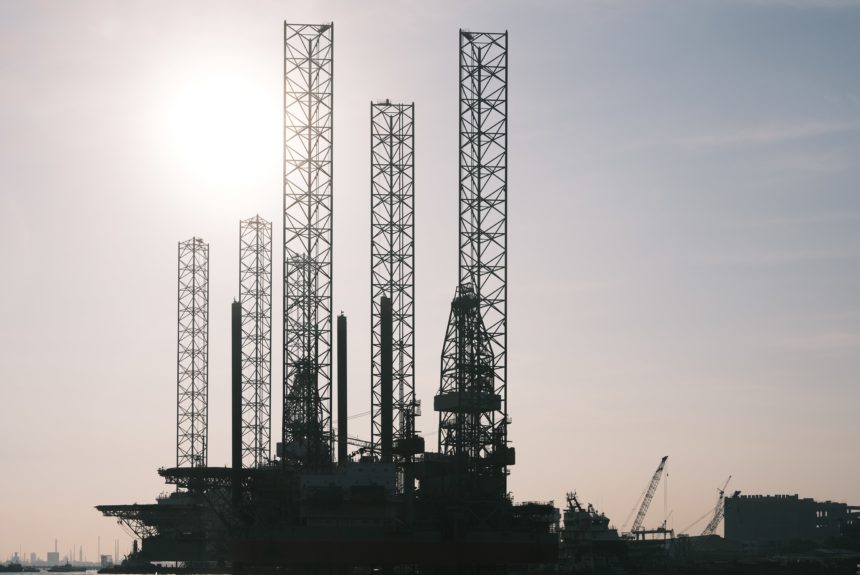Americans are feeling the effects of higher energy prices. According to AAA, the national average price of gasoline is $3.837 per gallon. Utility bills are also rising due to inflation. The U.S. Energy Information Agency (EIA) projects that nearly half of U.S. homes will spend 30% more to heat their homes with natural gas than a year ago.
The rising cost of energy comes at a crucial moment in the fight against climate change. A recently released report from the U.N.’s Intergovernmental Panel on Climate Change (IPCC) states that the world is close to “miss[ing] a brief and rapidly closing window of opportunity to secure a liveable and sustainable future for all,” due to climate change.
>>>READ: Oil and Gas Stabilize the Present While Looking Toward the Future of Climate Change
So how do policymakers balance the need to provide reliable and affordable energy to consumers with the urgent need to reduce global emissions? According to CRES Forum, one way is by tapping American fossil fuels.
In its white paper, “U.S. Fossil Fuels Should Play a Crucial Role in Reducing Global Emissions,” CRES Forum’s George David Banks and Rebecca Lorenzen outline how domestic fossil fuel production in America can reduce emissions abroad. The white paper is the second installment of CRES’ “Understanding the Facts” policy series.
As economies in developing nations grow, global energy demand is expected to rise by as much as 47% versus 2020 levels. With this increase in demand, fossil fuel use will also expand by 27%, but will represent a smaller share of the overall energy mix by 2050 than it does today (81% today, 70% in 2050).
With this rapid growth and need for energy, policymakers and regulators should look for ways to incorporate intra-fuel switching, argue Banks and Lorenzen. Intra-fuel switching means moving from dirtier fossil fuels to cleaner ones, such as coal to natural gas. This method, which has been recognized as a key strategy to decarbonization by the IPCC, could be more economically-feasible for countries, especially in the developing world.
“Unlike a conventional coal-to-gas shift, intra-fuel switching does not require an overhaul of a nation’s energy system. Consequently, the policy can offer GHG reductions more quickly and at a lower cost for economies that face obstacles in securing alternative fuel supplies or are unable to quickly construct requisite infrastructure…because reductions can be achieved earlier, the cumulative benefits may be comparable to alternative policies that may not be fully implemented for several years.”
Intra-switching in the United States has been responsible for 65% of America’s emissions reductions since 2005.
>>>READ: Battelle, Equinor to Bring Carbon Capture to Appalachia
Fuel-switching globally would have environmental outcomes similar to what have been seen in the U.S.:
“The potential emissions reductions from intra-fuel switching are significant. For example, if the European Union (EU) replaced its Russian natural gas for electricity production with U.S. natural gas, the associated global emissions would fall approximately 72 million metric tonnes annually. For comparison, the EU estimates that it needs to reduce its emissions by 78 million metric tonnes each year to reach its 2030 targets.”
Additionally, if China were to import liquified natural gas from America, instead of from Russia via pipeline, global emissions would decrease by as much as 65 million metric tons annually.
The authors also note that while comparable data on thermal coal-power plants is “not as readily available,” Chinese coal is far more carbon-intensive than American or Australian coal. Displacing coal from China with coal sourced from the United States or Australia would likely lead to substantial emissions reductions.
Global leaders face the unique challenge of reducing emissions while providing affordable and reliable energy to grow economies and improve well-being. While renewable energy and nuclear power certainly have a significant role to play in accomplishing these goals, American fossil fuels provide an economically-viable way for countries to quickly and meaningfully reduce emissions.
Read the full report here.
The views and opinions expressed are those of the author’s and do not necessarily reflect the official policy or position of C3.
